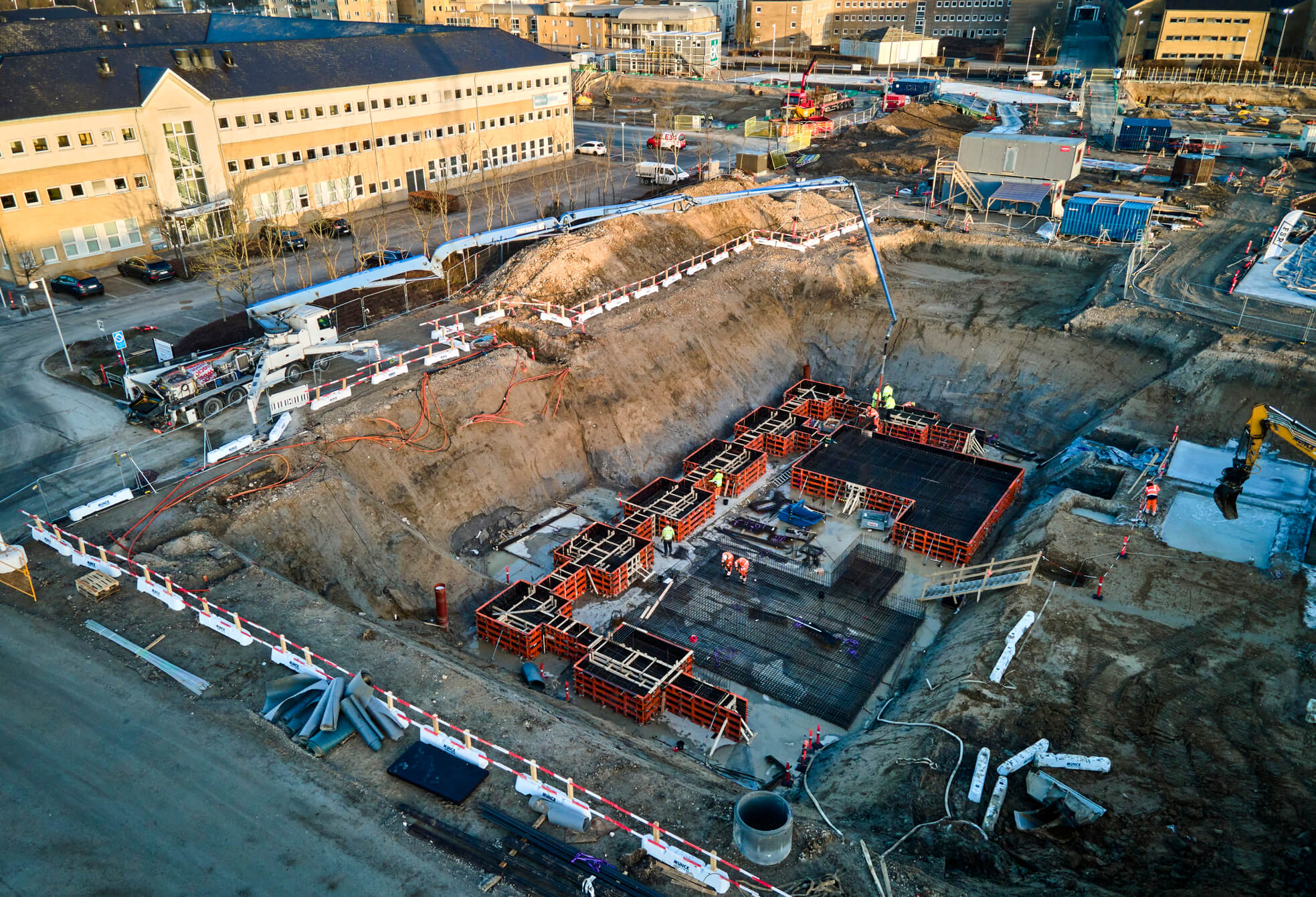Construction and Demolition Waste
Closing the loops in the construction sector is key for a successful transition to a circular economy. In Europe, the sector accounts for roughly half of all material extraction, half of energy consumption, a third of water consumption and 40% of all greenhouse gas emissions. The waste deriving from construction and demolition activities - known as Construction and Demolition Waste (CDW) - consists of various materials used in construction (such as excavated soil, concrete, bricks, glass, wood, metals, gypsum, plastic, solvents, and hazardous substances) and represents the largest waste stream in the EU per volume.
In CityLoops six medium-sized European cities - Høje-Taastrup and Roskilde (Denmark), Mikkeli (Finland), Apeldoorn (the Netherlands), Bodø (Norway), and Seville (Spain) - developed a number of instruments and piloted a series of demonstration actions with the aim of achieving material circularity in the construction sector. Their actions spanned the entire value chain, from spatial planning and (selective) demolition to the creation of a secondary materials market and (new) construction. They also developed business cases highlighting the economic feasibility of circular actions.
Circular construction in Europe: handbook for local and regional governments
CityLoops seeks to contribute to the further implementation of the circular economy across Europe. To that end, it has developed a handbook on circular construction, aimed at local and regional governments that provides a comprehensive overview of how the lessons learnt and main insights from the project can be most effectively applied in other contexts. The handbook features practical examples outlining how cities implemented the tools they developed, why they made certain decisions, what they could have done differently, and how all this fits into the broader context of European circular strategies and policies.
The handbook has the following structure:
Section 1 - Understand the context in which the transition to a circular construction sector could happen and the benefits it might bring.
Section 2 - Dive into the role of public authorities and governance approaches: it explains how implementing a circular construction strategy could impact the organisation inside and outside the local authority.
Section 3 - Implement circular construction: following the different steps of the value chain that may be encountered in a circular construction project, it fleshes out each of them by emphasising how they can be rethought and adapted to meet circularity practices.
Section 4 - Estimate the cost: it gives an overview on how beneficial circular practices could be with regards to the economic and environmental perspectives and how local authorities should proceed to influence this market shift.
CityLoops replication packages
In addition, the project has developed a series of replication packages, addressing the specific actions within the circular construction value chain, and how they relate to the work done in CityLoops. They are the following:
Each replication package consists of an introduction, outlining the context and challenges, an overview of the CityLoops demonstration experiences and instruments that relate to these replication packages, and a list of the key lessons learnt as part of this work. This should give cities an in-depth overview of the main elements to consider during each specific step of a circular construction/demolition project.


